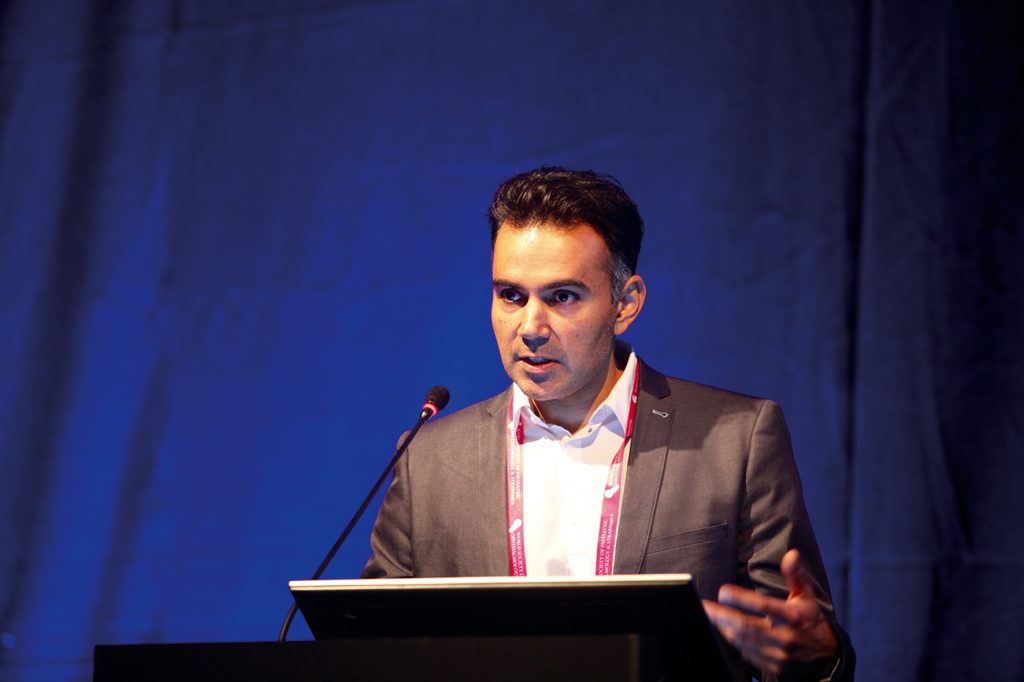Research reveals multifaceted nature of AAK
Aniridia-associated keratopathy is more than limbal stem cell deficiency

Roibeard O’hEineachain
Published: Saturday, September 14, 2019
 Neil Lagali[/caption]
RESEARCH is continuing to reveal the multifaceted nature of aniridia-associated keratopathy (AAK), said Neil Lagali PhD, Institution for Clinical and Experimental Medicine, Linköping University, Sweden, said at a WSPOS session on Paediatric Ocular Surface Disease.
He noted that AAK is a condition that leads to progressive opacification of the ocular surface, which in most cases leads to corneal opacification. It is difficult to treat with keratoplasty because of the associated high risk of graft rejection.
However, AAK is more than limbal stem cell deficiency. Other contributing factors include meibomian gland dysfunction, reduced tear production and increased tear film osmolarity.
In addition, inflammatory mediators play a role. A study that he and his associates conducted showed tear film activation of six different immunomodulators and reduced levels of IL1-RA.
He added that genotype testing is critical for prognosis of AAK. Some 70% of cases with PTC/CTE mutations are progressive, leading to eventual conjunctivalisation of the entire cornea and the 10% with chromosomal deletions have an aggressive phenotype at young age. On the other hand, the 10% of patients with the PAX6 non-coding mutations have a mild, non-progressive phenotype, as is the case with the 10% with missense mutations.
Neil Lagali[/caption]
RESEARCH is continuing to reveal the multifaceted nature of aniridia-associated keratopathy (AAK), said Neil Lagali PhD, Institution for Clinical and Experimental Medicine, Linköping University, Sweden, said at a WSPOS session on Paediatric Ocular Surface Disease.
He noted that AAK is a condition that leads to progressive opacification of the ocular surface, which in most cases leads to corneal opacification. It is difficult to treat with keratoplasty because of the associated high risk of graft rejection.
However, AAK is more than limbal stem cell deficiency. Other contributing factors include meibomian gland dysfunction, reduced tear production and increased tear film osmolarity.
In addition, inflammatory mediators play a role. A study that he and his associates conducted showed tear film activation of six different immunomodulators and reduced levels of IL1-RA.
He added that genotype testing is critical for prognosis of AAK. Some 70% of cases with PTC/CTE mutations are progressive, leading to eventual conjunctivalisation of the entire cornea and the 10% with chromosomal deletions have an aggressive phenotype at young age. On the other hand, the 10% of patients with the PAX6 non-coding mutations have a mild, non-progressive phenotype, as is the case with the 10% with missense mutations.